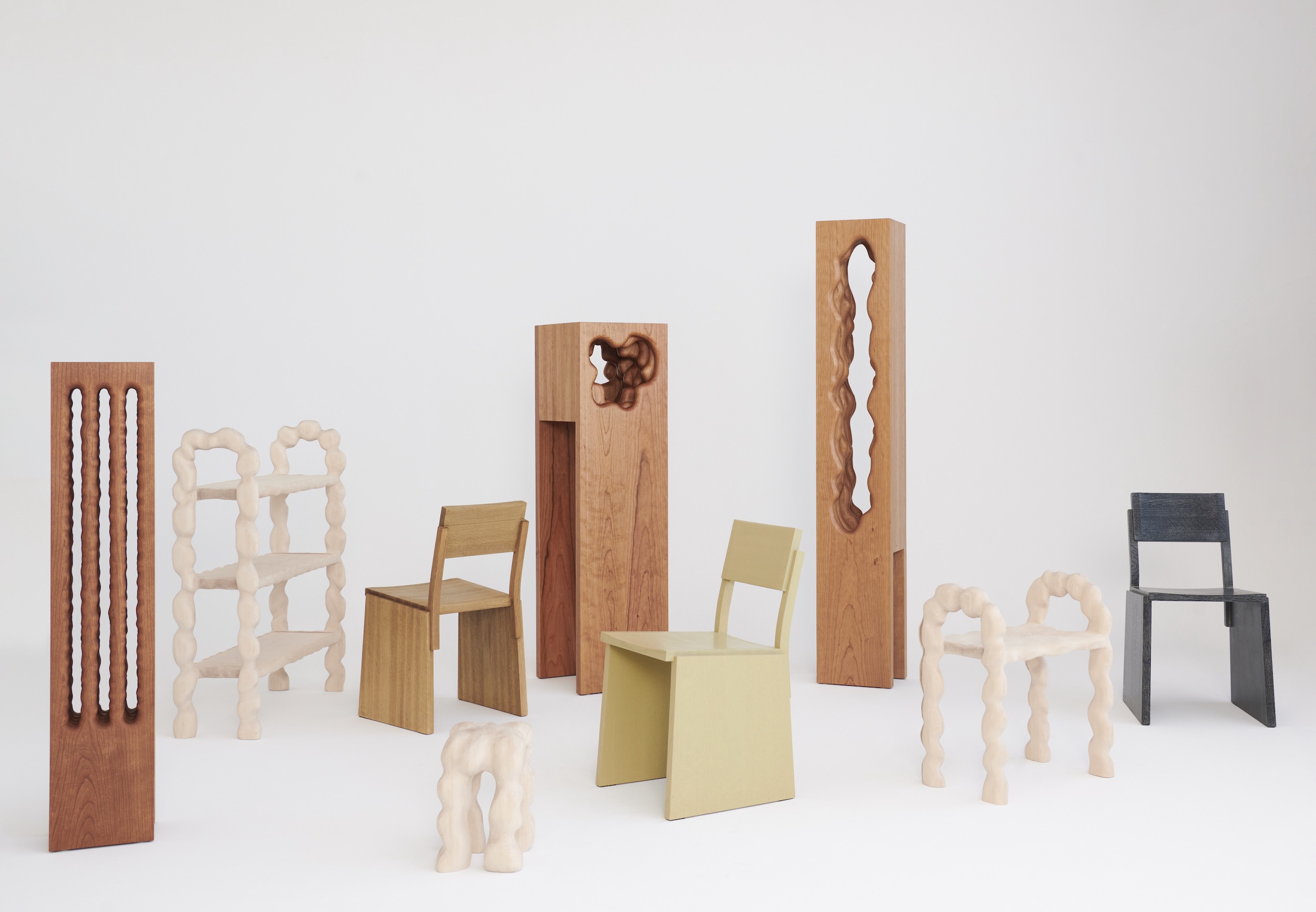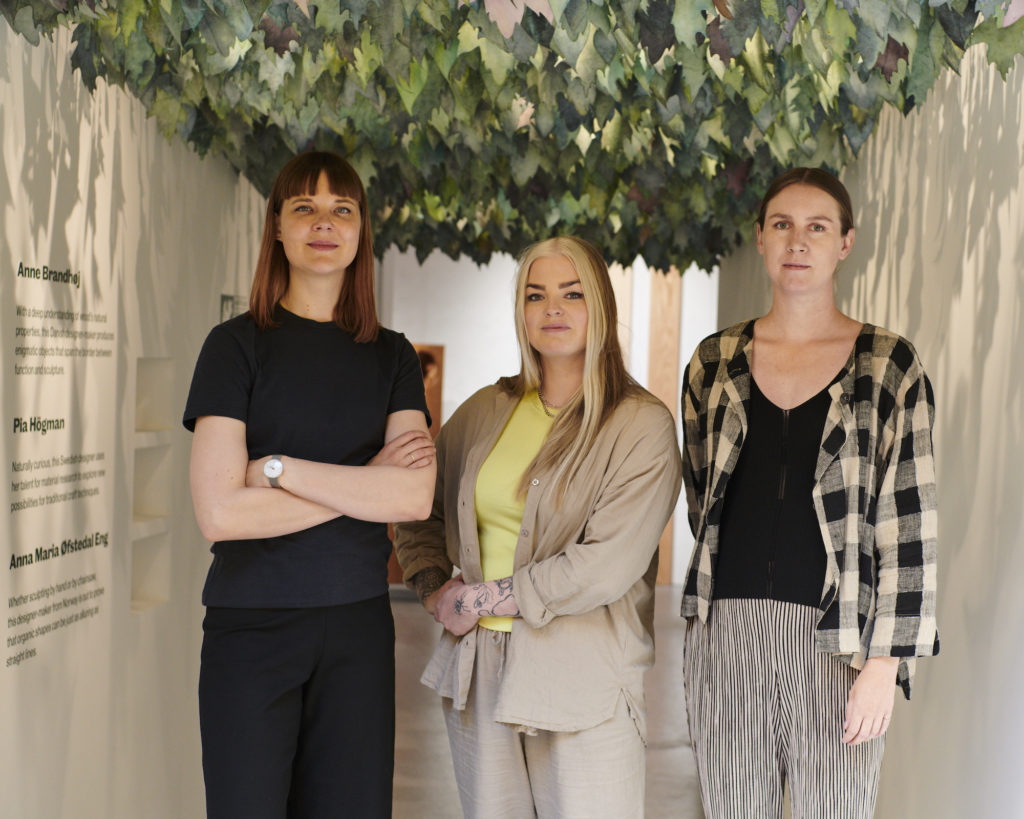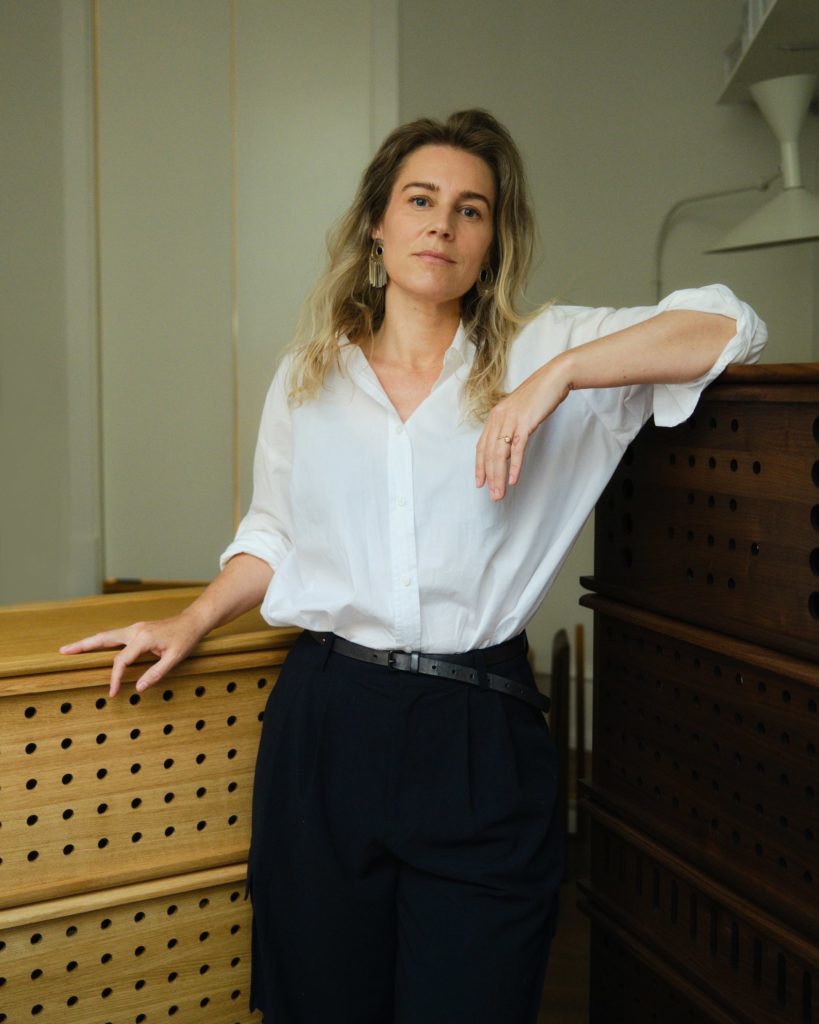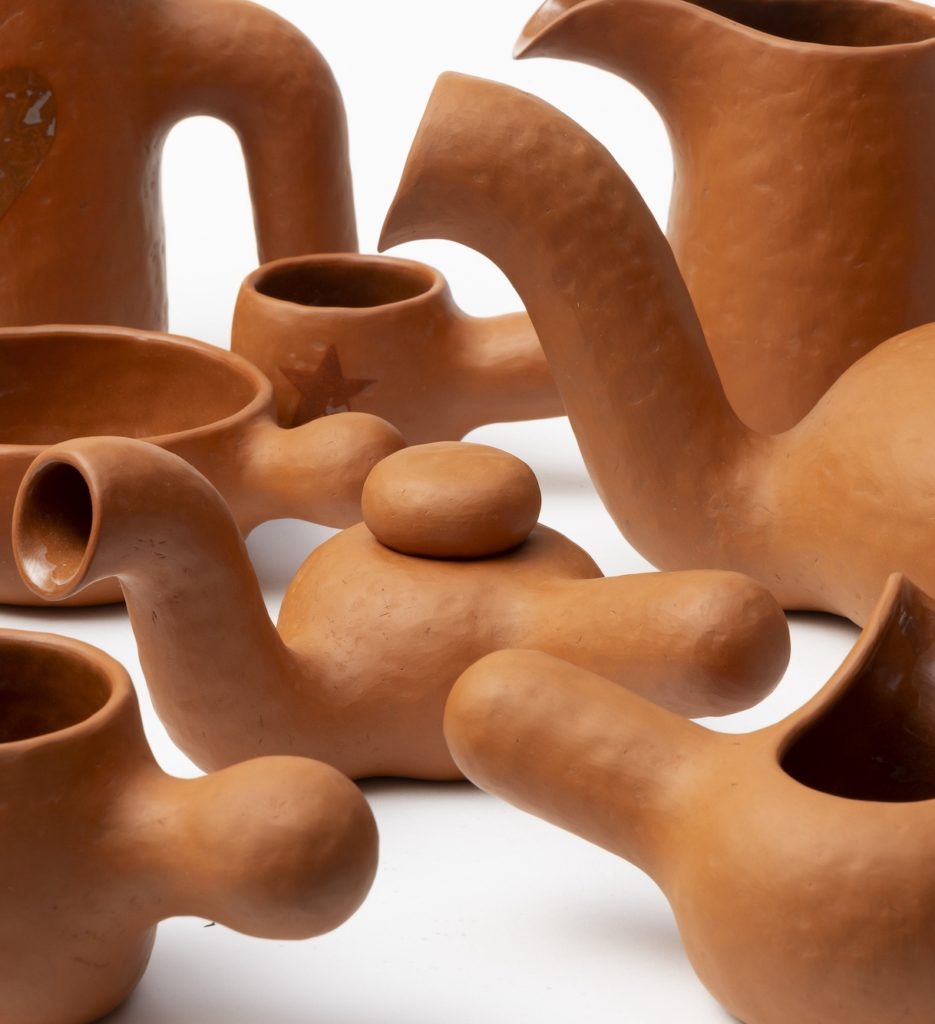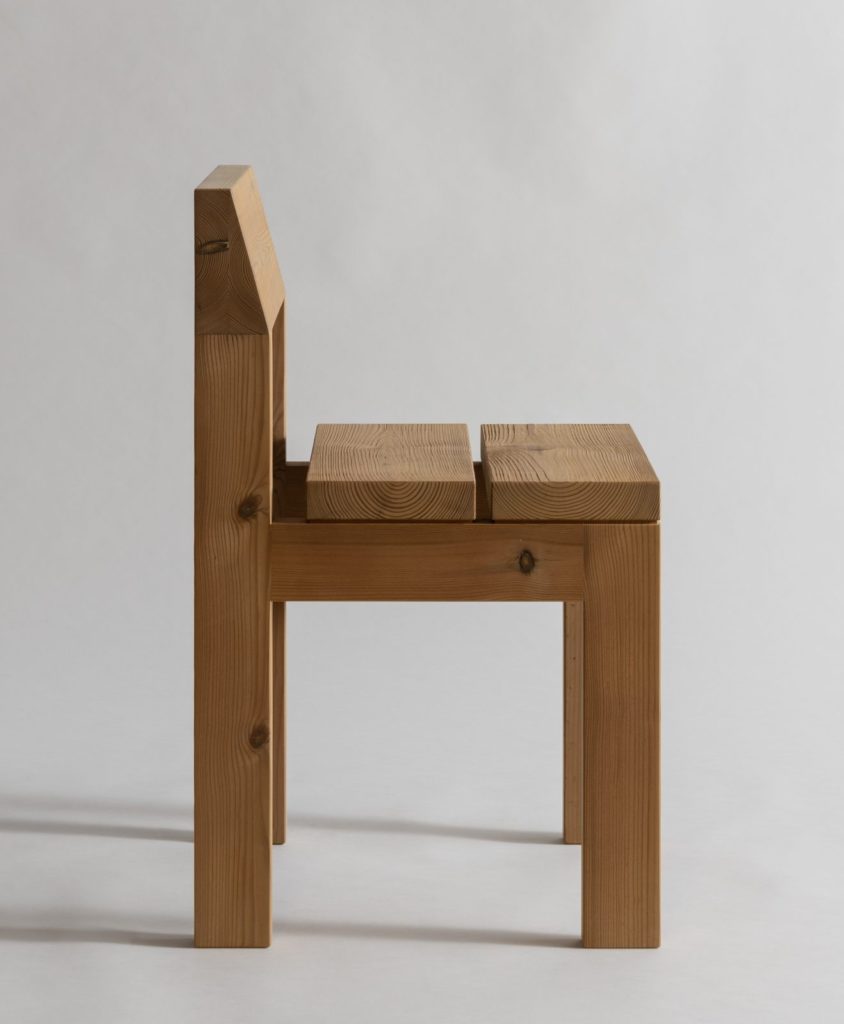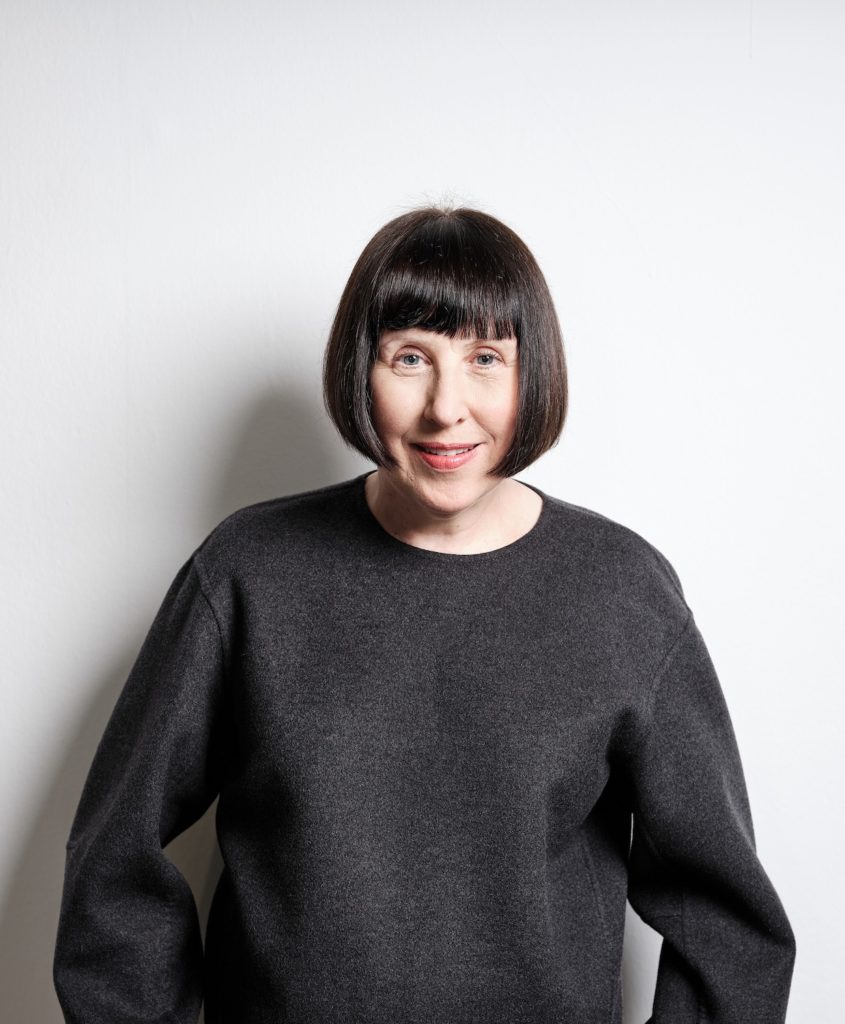Danish design – American hardwood
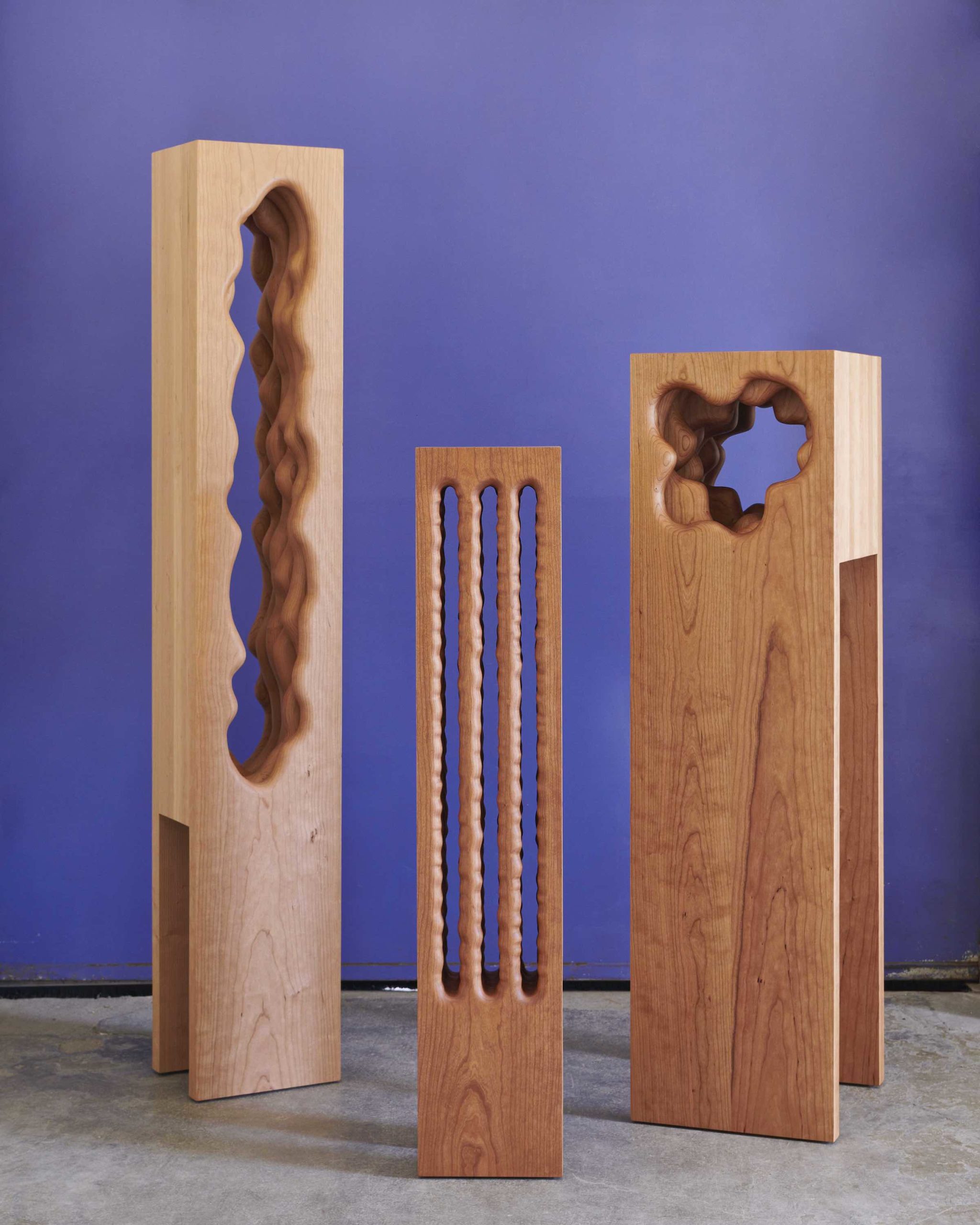
Transcending the humble material at the heart of everything they do, the American Hardwood Export Council – or AHEC for short, has garnered a following within design and architecture communities as an organisation that is pushing the limits in respect to the application of hardwoods within the building and construction industry, as well as furniture and products. We sat down with their European Director, David Venables, to discuss the importance of continuity and collaboration in spreading a message about sustainable forestry practices and material performance that is becoming more important with each passing year.
Situated in the UK, David and his team, work with a global network of scientists, designers, architects, communicators, and craftspeople who enable their wood message to amplify around the world. David himself is part of the fifth generation of his family in England to work with hardwoods, and while the focus for most of his career has been on American forest products, he notes there are many similarities in species and practices. While both continents heavily felled their natural forests throughout the industrial revolutions of the 19th and 20th centuries, it is the ability and sheer scale in which North America has been able to re-generate its diverse, deciduous network of forests that is so unique. This resource provides the thousands of independently owned and operated timber businesses with a leading position within the global hardwood industry.
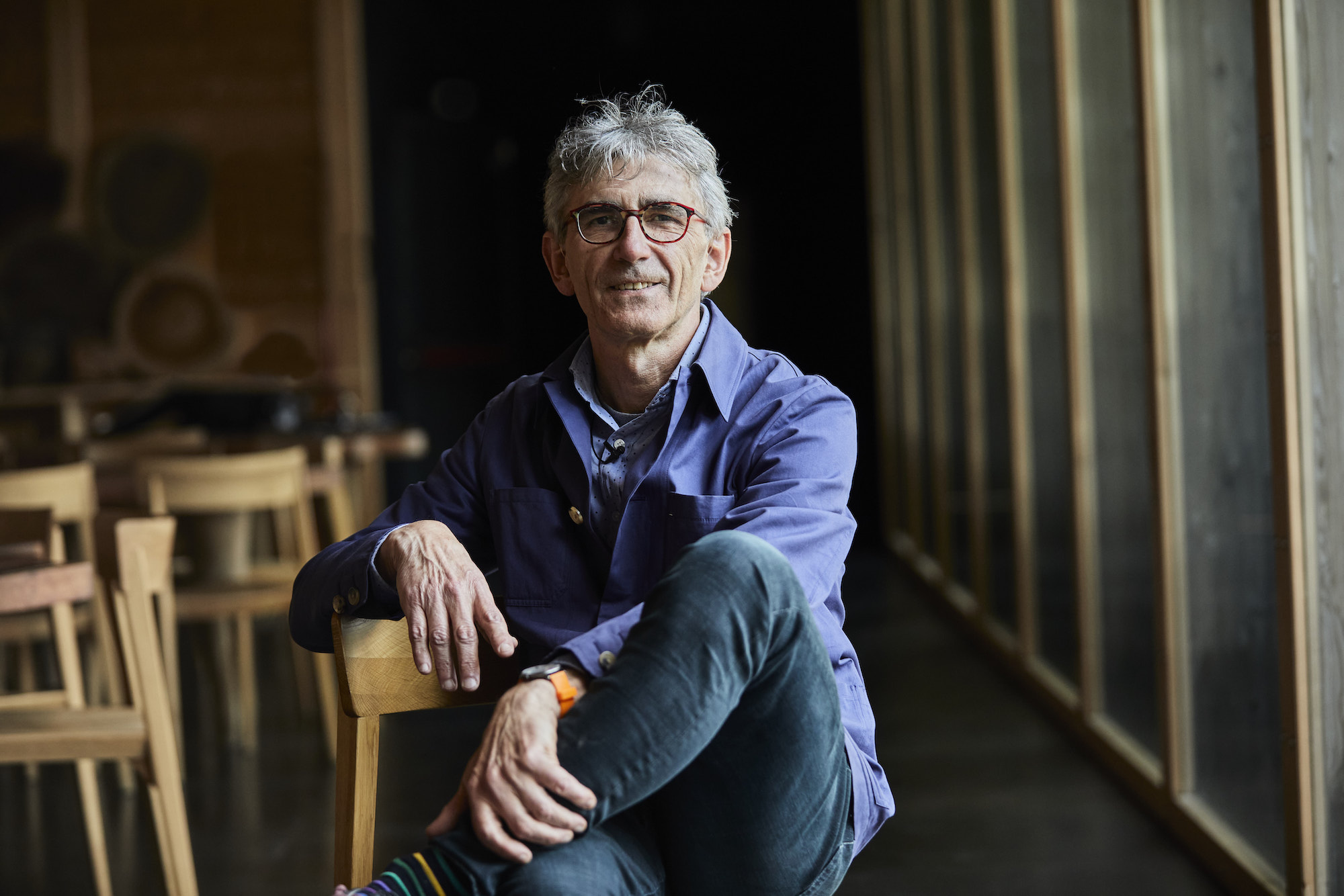
“The North American hardwood industry mainly comprises family run businesses who have invested over many generations in some cases, – they aren’t multi-nationals, they mostly work at a local community level to harvest and process valuable trees with a sensitivity to their impact on their environment. When I first joined AHEC, it was the vastness of these forests that really blew me away. That is the story, a story of continuity, community, and nature – which we now label sustainability.”

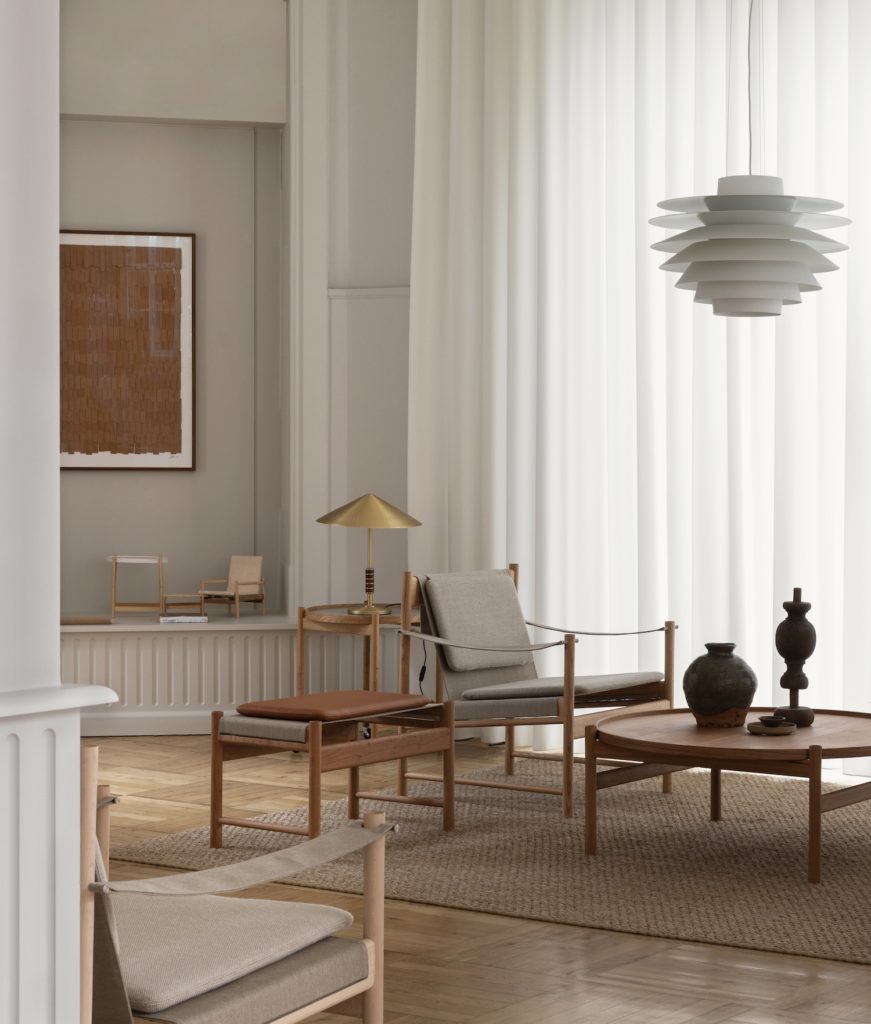
The natural diversity within these North American forests allows a more select felling of targeted trees over larger areas, with less interruption to the natural bio-diversity found within these landscapes. David notes that with support of the United States Department of Agriculture (USDA), who provide special funding for export promotion through their Foreign Agricultural Service (FAS), AHEC can significantly amplify the reach of its communication campaigns to promote the unique attributes of U.S. hardwoods. How to best use this funding, where to target activities and how to measure their impacts is a constant focus for David and the team.
“The communication of AHEC has come from the strength of this forest resource. It is the continuous long-term supply of valuable material that we can offer to global markets – but our challenge is how to present a material to the market rather than a product? The answer is to show its performance and potential through other people’s products. And if they don’t exist, we collaborate with designers and architects to create those examples and references.”
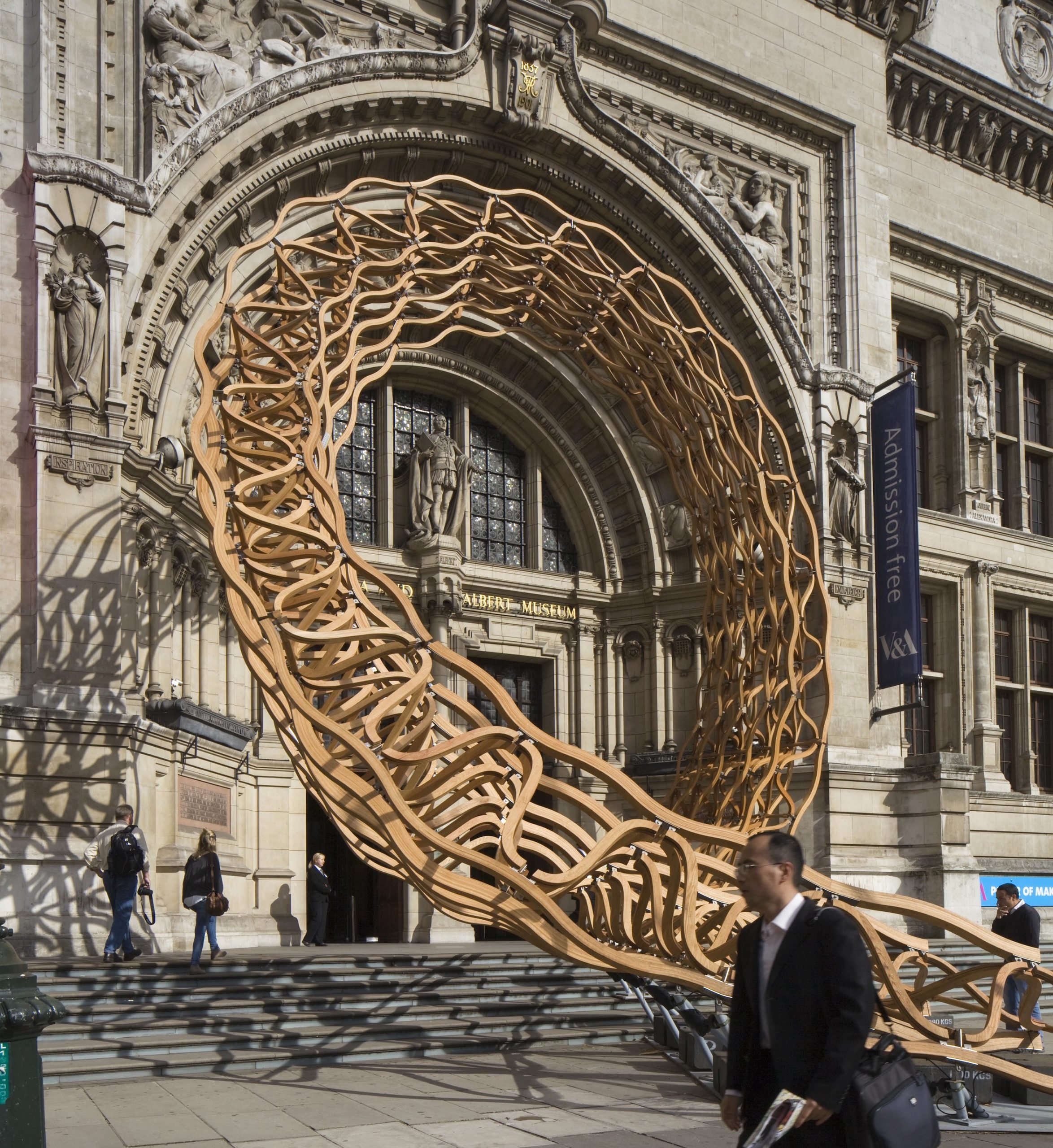
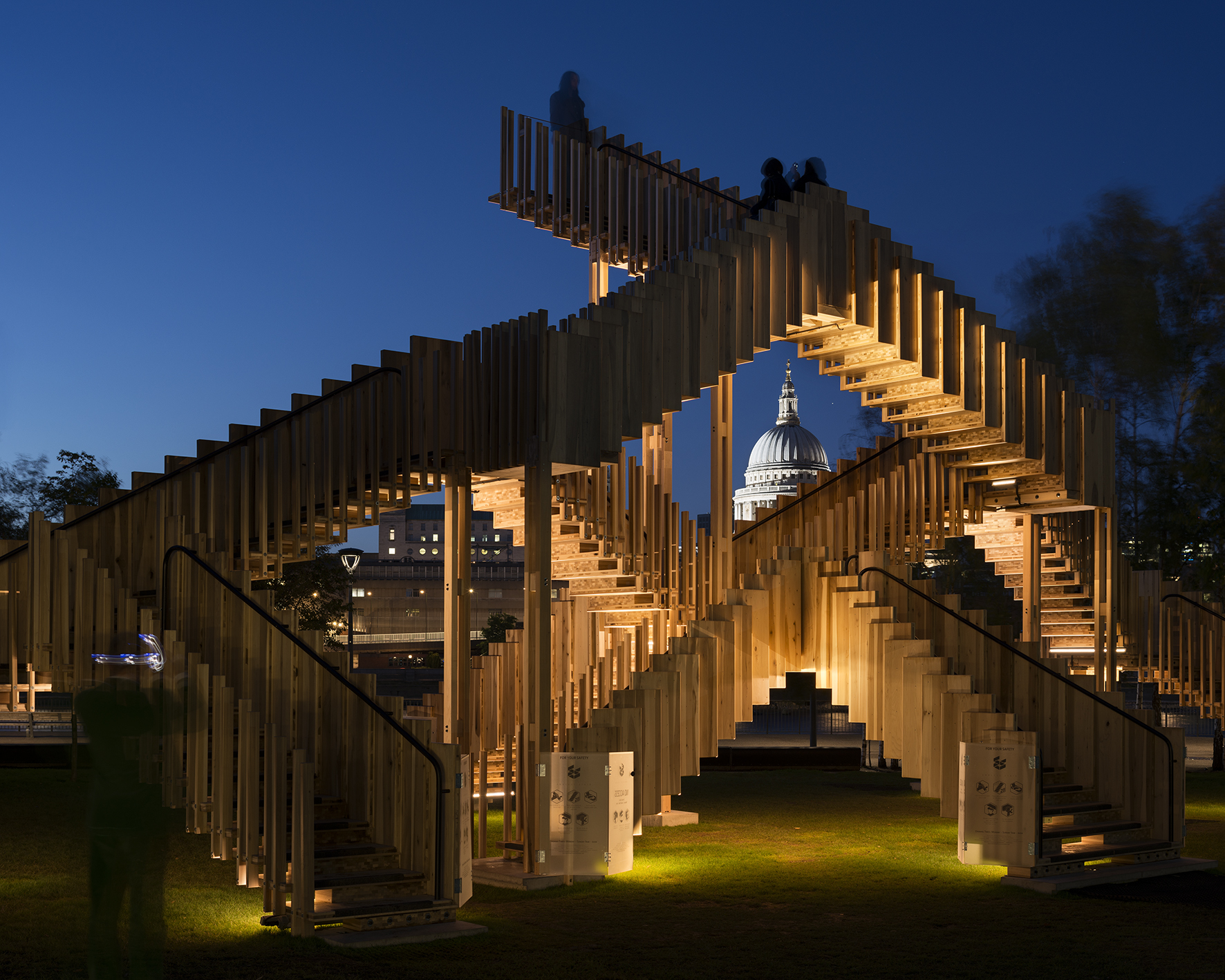
David’s initial years with AHEC began with a more conventional approach to displaying and communicating American hardwoods, such as trade shows and visits to timber suppliers. It was the beginnings of an ongoing collaboration with the London Design Festival back in 2008 that really set AHEC on a path to more creative outcomes and collaborations with established designers and architects. Projects such as Amanda Levete’s Timber Wave, and the Endless Stair, the first ever use of cross-laminated (CLT) hardwood led by Alex de Rijke of dRMM, which firmly placed AHEC on the radar of the architectural community. While the application of U.S. hardwoods within architecture remains a key focus, David and his team slowly revised their approach throughout the years to gain greater exposure for their cause.
“Of course, we wanted to influence architects about the potential of using wood, but as we became more experienced, we realised you can create design products or objects in a shorter time span – but still influence architects as well as designers. So, in recent years design has been our focus for activities and collaborations even though our target audiences are the same. It might seem obvious when you point it out, but I think we forget sometimes that architecture is design – you don’t architect a building you design it! Some of the most exciting and creative designers and architects I have met through our work are those that move effortlessly between these disciplines.”
Several collaborations with Danish designers
This scaling down has, at the same time, allowed AHEC to work on more projects, in more regions within Europe and the world, and has led to several collaborations within Denmark over the past few years. David notes that reaching out to the Danish design and craft industries was such a natural step, this is a country whose knowledge of working with hardwoods over centuries is revered worldwide. Projects such as a collaboration with Danish furniture producer Brdr Krüger demonstrates the ability of a single product family; in this case Hans Bølling’s HB collection, to be finished in a wide range of hardwood species thus providing increased consumer choice. Other projects, such as Sara Martinsen‘s Red Oak Circuit, and Maria Bruun‘s Nordic Pioneer collection as a part of the group exhibition Connected during COVID lockdown, provided the designer with a single new material in which to explore and play.

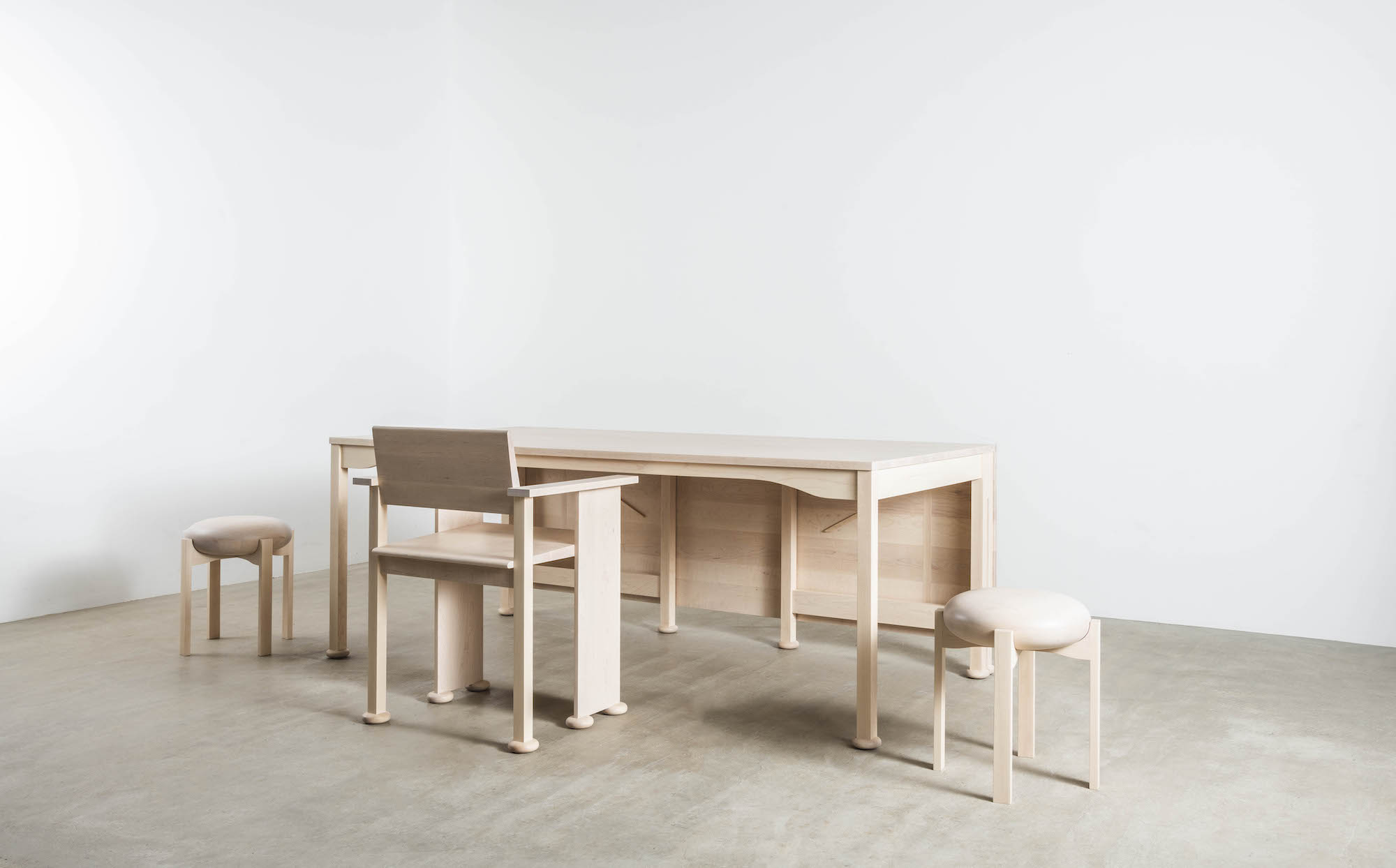
“What we did with Maria Bruun and her involvement in Connected was to introduce her to a material she had not been working with, which gave her the incentive to engage with us, and to help us vocalise our message… Since then, she has become an ambassador for the material. The challenge for designers and architects is that wood is a natural material and it can be complicated to control… and it is not one homogenous material. There are so many species providing different options and possibilities. That potential is exciting to the design industry but without timber education it is hard for designers to make informed choices. It is such a privilege to be able to work with top designers like Maria and they, through their experience with us, help spread the message.”
While the continuity of the AHEC message has remained constant over the decades, their growing platform has also provided the ability to address other issues that affect the industry of wood, notably the lack of female makers working with timber. During last year’s 3 Days of Design festival, AHEC presented Three – the coming together of three independent, female-run designer-maker studios from Scandinavia; Anne Brandhøj of Denmark, Pia Hogman of Sweden and Anna Maria Øfstedal Eng of Norway. The project demonstrated the diversity in approach to form and ways in which working hands-on with wood can be executed. Three continues to show that from this humble material, a world of discussion and debate can be instigated. It is these discussions that provide David and the team at AHEC with inspiration to continue exploring new stories with one of the world’s oldest materials –but one that will undoubtedly shape our future – wood.
